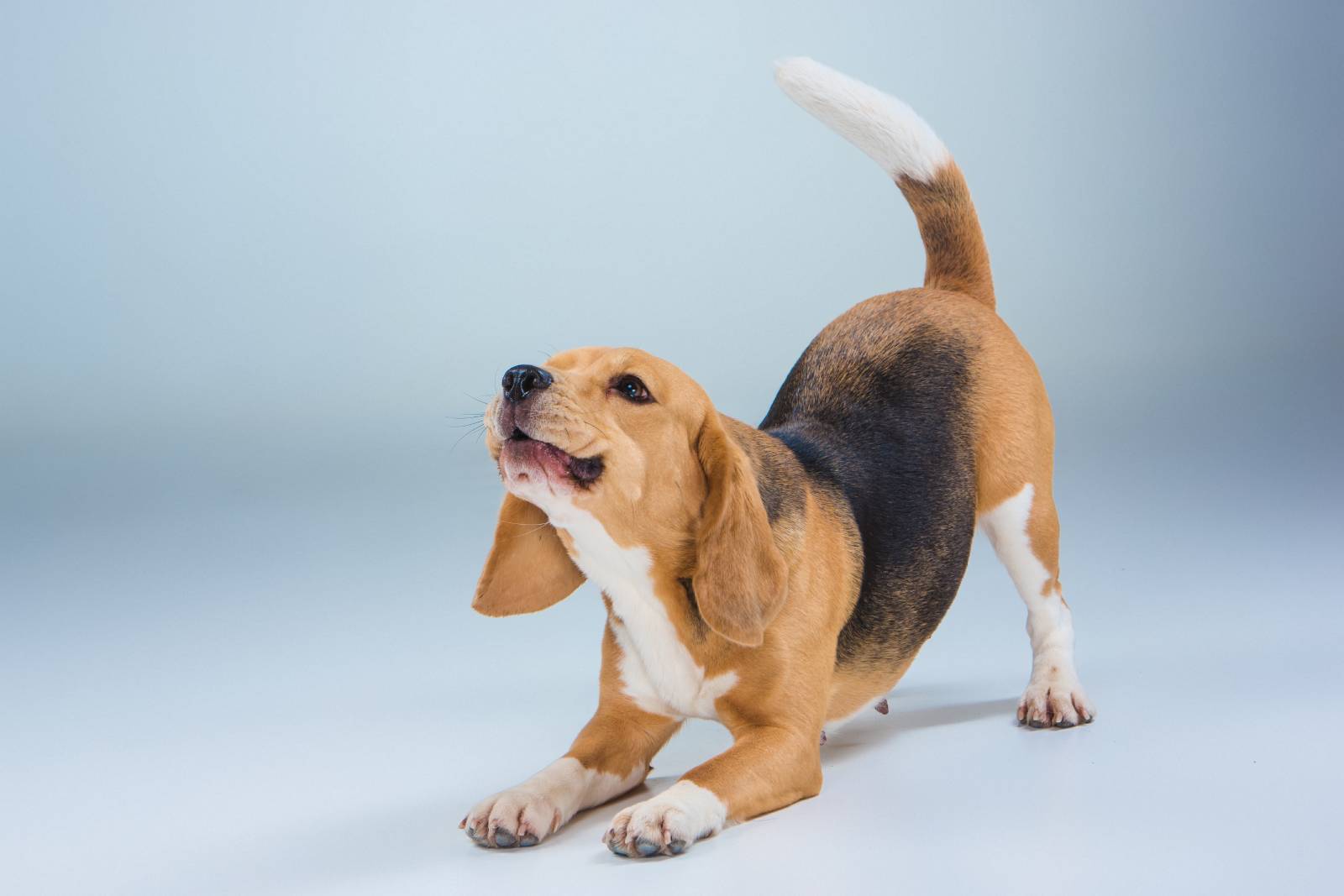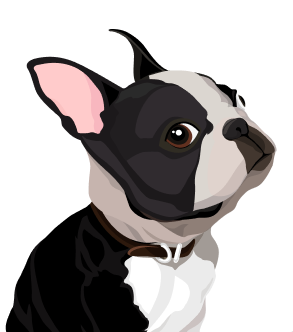To err is human. And anyone can make a mistake when training their dogs. The most important part here is to spot these mistakes and fix them promptly. So what are the most common dog training mistakes, and how to fix them?
11 most common dog training mistakes
- Getting ahead of yourself and your dog. It’s always hard to start training since you don’t know how to do it correctly. Sometimes it may seem that nothing works. Here’s the solution: try to split the task into simple steps for you and your pet. This is completely fine as you both are learning. If you believe that you need to give your dog time and not demand the impossible, apply the same principle to yourself. Move on with baby steps, and everything will work out.
- Incorrect timing with praise and unintentional training. Make sure that you praise your dog or make a click (if you use a clicker) at the exact moment when the dog performs the desired behavior. It is also crucial NOT to give a marker of correct behavior at the moment when your dog does something wrong. If you praise your dog or make a click too soon or too late, they will not learn the right actions.
- Wrong choice of distance. You may have started working at too short or too long a distance from the stimulus, or you are shortening it too quickly. Keep in mind the 9 out of 10 rule: you can move on to the next stage only if a dog reacts to the stimulus calmly in nine cases out of ten.
- Reinforcement doesn’t work. Do not use conditional reinforcement to attract attention and always give what the dog wants to get at that moment after it. If a dog doesn’t react to a verbal marker or a click, it means that either a reaction to praise is not formed (the dog does not know that they are praised), or you are doing something wrong.
- The wrong choice of reinforcement. A dog needs to be rewarded with what they want “right here and right now.” If your reward can’t satisfy the current motivation or compete with it (for example, fear is stronger than a desire to get a treat, or your dog now wants to play and not eat) or the treat is not tasty enough, it will not be a reinforcement for the dog.
- Inconsistency. If you teach your dog to walk on a loose leash today and tomorrow you run after them when they pull on the leash, you won’t teach your dog how to walk on a loose leash. Consistency is always the key to success in dog training. Decide for yourself: you either work on a behavior problem and organize the environment so that the problem does not manifest itself, or you do not require your dog to behave as you think is right. Don’t expect the problem to resolve itself – it’s beyond the dog’s understanding.
- Excessive requirements. In this case, you should simplify the tasks and shorten the steps. Maybe you should choose a tastier treat or work in a calmer environment.
- Too long training sessions. When a dog gets tired, they completely lose interest in training. Keep in mind that you should end the training session when the dog is still involved and wants to keep training. In this case, they will anticipate the next training session and the process will be more effective.
- Unpredictable reactions. If you use positive reinforcement today and harsh discipline tomorrow, your dog gets confused. They will be unable to predict whether you’ll actively praise or punish them.
- The dog is feeling unwell. Monitor your pet carefully, and do not conduct a training session if you see that they do not feel well.
- Misinterpretation of a dog’s need (motivation). If you do not understand what your dog wants “right here and right now,” you will not be able to properly organize the training process. Pay attention to your dog. Are they calm or tense? Are they scared or annoyed? Do they want to play or prefer quiet exercises?

How can you improve communication with your dog and believe in yourself?
There are a few ways that can help you improve contact with your dog. In turn, following these suggestions means that the training process will become more effective.
- Playing games. You can’t make a mistake when playing as you don’t risk anything. That means that the tension drops, and you and your dog simply enjoy the process.
- Exercises that are aimed at eye contact.
- Games with clear rules.
- Recall games.
- Trick training.
- Reinforcement of any dog’s actions that you like. This is perfect for bonding with your pet and brings good results in training.
- Encouraging calm behavior of your dog. This reduces the overall level of anxiety – both yours and your pet’s.
- Nose work and brain games.
Remember that both humans and dogs have their own skills and talents. Some things come naturally, and some require more effort. If you make a mistake, try not to get angry at yourself or your dog.
Think of training as a game or adventure and remember that even superprofessionals make mistakes. If you made a mistake, embrace it with a smile, correct it and move on.
